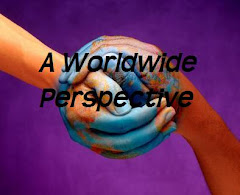Starting in August 2007, there was a string of political protests throughout Myanmar that ilicited increasingly violent responses from the military junta. These protests stemmed from the junta's decision to remove all government fuel subsidies, causing some fuel prices to increase up to five-fold over the span of a week. Led by thousands of monks, the protests came to be known as the "Saffron Revolution" due to the colors of the monks' robes. In the first wave of protests, many demonstrators were beaten and arrested, including 13 of the nation's most prominent dissidents. Tens of thousands of monks marched in towns around Myanmar, and by the end of September, there had been a protest with an estimated 100,000 participants, the largest anti-government protest in Myanmar in over 20 years. Following that protest, the government started cracking down on the protestors, killing multipule monks, civilians, and even removing internet access from an entire town. By the end of the protests, over 130 people had died and thousands had been beaten or detained.

On May 3, 2008, Cyclone Nargis hit the coast of Myanmar. The cyclone was so strong, over 130,000 were missing or dead after it hit. The United Nations estimated over one million civilians were left homeless after the natural disaster, giving Myanmar one of the largest refugee crisises in the world. In the areas worst hit by the cyclone, reports of malaria outbreaks were common. This situation was further complicated when the military junta refused to let United Nations aid workers enter the country to administer aid to the suffering public. The government claimed that it was adequately taking care of its people, hence not taking outside aid, but reports sent back to America from journalists within the country showed unprecedented amounts of need. Weeks later the government finally started allowing aid to enter the country, but then disguised the aid so it appeared to the people that it was being provided by the government, and withheld aid from certain communitites.

Before both of these events, over 140,000 refugees had already fled Myanmar for political reasons. After the protests and cyclone, that number swelled to over 1.2 million. What can we do about this situation? How can we, as a first world country, help? Many Americans helped by donating aid, but there is little information about how much of this aid actually made it to the people of Burma, not just the government and their families. If the United States is going to sanction Myanmar in response to the way that the government has acted, they need to do so in a way that affects the government, not the people. Collaboration with the United Nations and other countries in Asia is necessary. Hopefully Barack Obama will approach the situation with the best interest of the people of Myanmar as his number one priority.

No comments:
Post a Comment